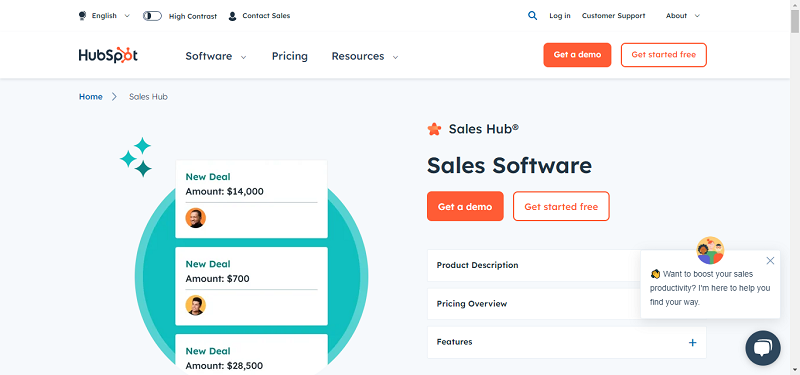Your law firm is a business. Like all businesses, growth and profitability is paramount. You want to see your client base grow and your profits increase, year on year. Even more importantly, you don’t want to go backwards just because you are so busy working in the business that you don’t notice what is happening. You may have other goals – opening another office or being recognized as an expert in a niche field. Whatever your measure of success is, you want it to be sustainable.
But creating consistent, long-term growth can prove elusive. Many businesses hire more staff in an effort to kickstart stagnating revenue. They will continue doing the things that have brought them success so far, failing to realize that, just as they made an improvement or streamlined a process before, so they will need to do it again if they want to continue growing.
The only true way to generate long-term growth is through the regular introduction of change to create new ways of doing things. For many businesses, including law firms, the clearest path to innovation is through the regular implementation of new technology in an ongoing cycle.
This needs a culture of innovation so that your whole firm is accustomed to continuous improvement.
You can visually plot the impact of innovation on growth and the inevitable progress through to decline using what is called the Sigmoid Curve.

The Sigmoid Curve is a representation of time and activity – in this case, growth.
It can be widely applied to the rise and fall of empires, countries, products and businesses, including law firms.
The introduction of change phase
This is the period in which change is introduced.
In an established New York or New Jersey law firm, this phase might occur when you begin investigating potential areas of improvement in your firm. You may consider how you can re-organize your processes using a technological solution. During this time, you will put in a lot of effort with little apparent return. The phase culminates in selecting a solution to provide growth and implementing it.
The Growth phase
Your firm experiences sharp growth. The reprocesses results in a dramatic increase in efficiency, productivity and billing. Improved customer service leads to an expanding client base.
The Success phase
Your firm in New York or New Jersey is more profitable than ever and is the peak of success. Complacency is the danger. For many businesses, the elation that comes with success makes it difficult to appreciate that without further innovation, this growth will eventually decline. Your firm doesn’t look for ways to improve or prolong its growth. You believe your success will last long-term.
The Stagnation phase
Your New York or New Jersey law firm hits a plateau. Growth and revenue stagnates.
You are still benefitting from the last technology change, but previous efficiencies gained are not having the same impact that they once did, and areas that need improvement for you to keep competitive are now becoming an issue.
The Decline phase
The markers of success are in decline. Revenue is shrinking and your firm is no longer as profitable as it once was. At this point, it is increasingly difficult to initiate a change event.
The decline of growth is not inevitable. The issue lies in businesses reaching a peak and rather than finding ways to improve, they remain stagnant. They fail to consider that success doesn’t last forever, so they are unable to objectively identify areas of potential improvement in their business.
To achieve long-term growth in your law New York or New Jersey law firm, don’t fall into the trap of thinking the process of decline doesn’t apply to you. Much larger firms have declined and been merged away or even gone out of business, because they believed the process did not apply to them, and they did not adapt or innovate.
The best time to start a new ‘curve’ is before you reach the peak of your existing one. That way, you will be starting something new when you still have the resources, and the spirit, to take it to new heights. In contrast, most people think of doing something new only when they have reached the bottom of what they are presently involved in and it is costly and hard.
The key to avoiding decline is to initiate a new curve right before your firm hits the success phase of the first curve.
In many respects, law is a slow-moving profession. This can have a negative impact on your business, particularly when your clients have adapted to evolving technologies but you haven’t. If you want to stay competitive in the 21st century, you need to consider how you can meet the expectations of the modern client, as well as the ways you can improve your practice using technology.
Seeking a legal software provider for your firm that is committed to innovation will allow your firm to enjoy natural and repeated cycles of growth through new efficiencies. By having a single provider, you will not have to worry about constantly changing providers to access the efficiencies offered by new technologies.
LEAP invests more than 10 million dollars a year in research and development for small law firms in New York and New Jersey. We are continuously innovating solutions that keep our clients from being stuck in the stagnation to decline phases.
To learn more about how your law firm can generate long-term growth, access the full whitepaper here: http://bit.ly/2wU5910
Sponsored Series by Leap.us
By Caroline McCauley






